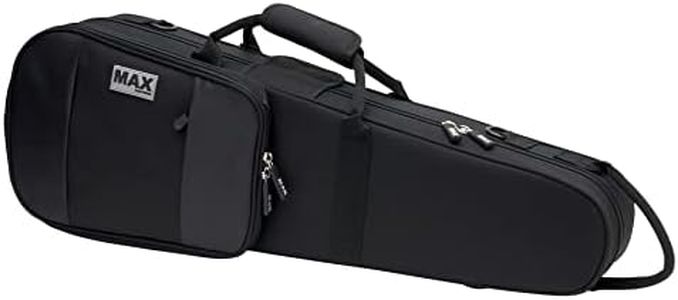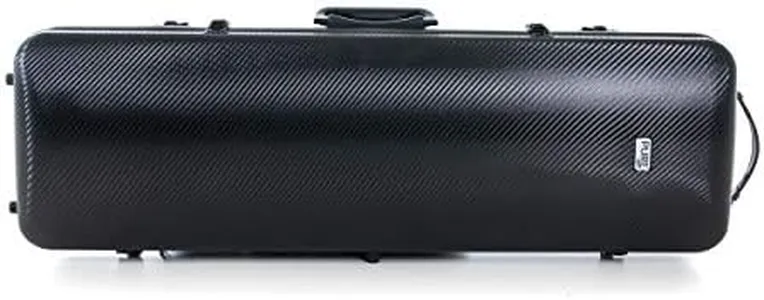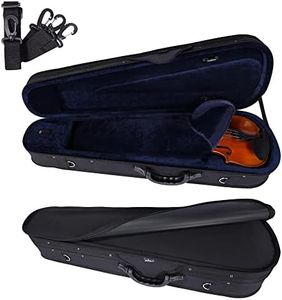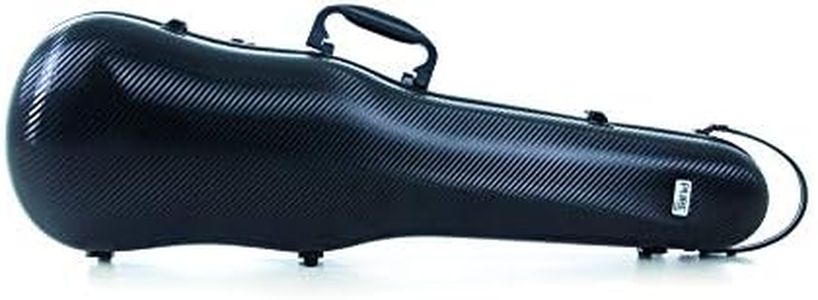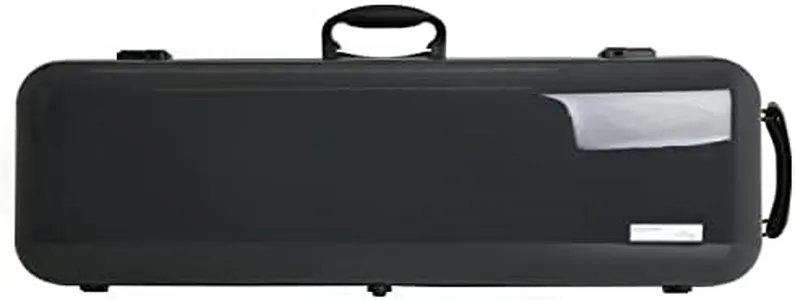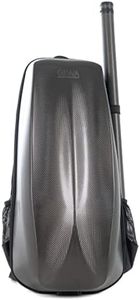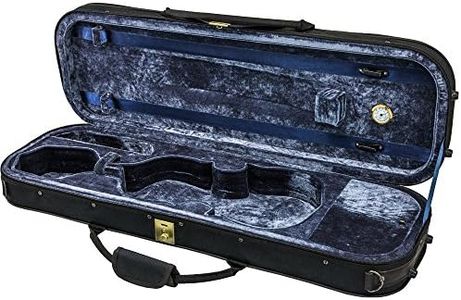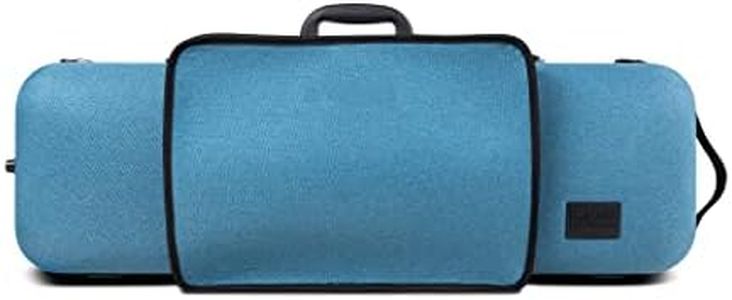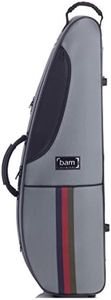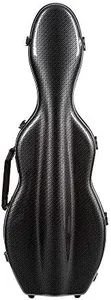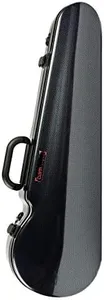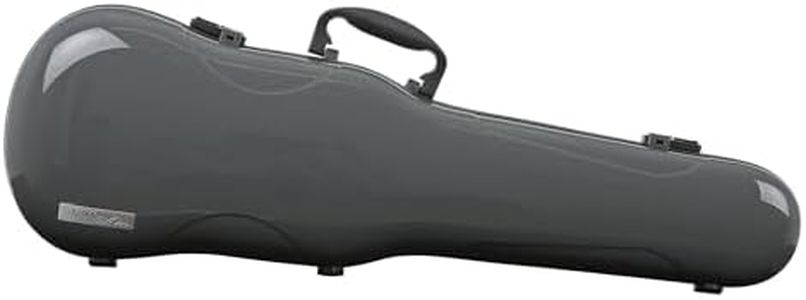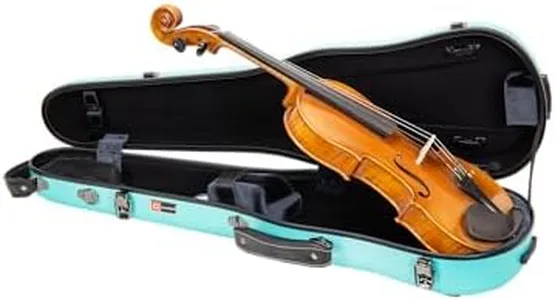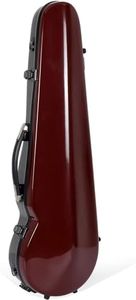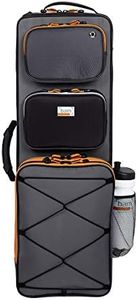10 Best Violin Cases 2025 in the United States
Our technology thoroughly searches through the online shopping world, reviewing hundreds of sites. We then process and analyze this information, updating in real-time to bring you the latest top-rated products. This way, you always get the best and most current options available.

Our Top Picks
Winner
Protec MX044 4/4 Violin Shaped MAX Case, Black
The Protec MX044 4/4 Violin Shaped MAX Case is designed for full-sized violins and offers a robust and protective storage solution. The exterior is made from rugged 600D nylon, which is durable and water-resistant, paired with a lightweight EPS foam frame to ensure the case is both light (3.83 pounds) and protective. This makes it easy to carry around without compromising on the protection of your instrument.
The interior is lined with soft, breathable velour padding and includes a double-layered blanket to prevent scratches and dust. There is also a hook and loop strap to secure the violin neck, enhancing stability during transport. Additionally, the case features two bow clips and a small compartment for accessories like rosin.
For more storage, there's a large gusseted zippered front pocket on the outside of the case, ample for other supplies. The shoulder straps are adjustable, can be configured into backpack straps, and include a padded handle for added comfort. However, while the case does provide good protection and portability, it lacks specific humidity control features, which might be a concern for those in varying climates. Security-wise, the case has a quick lock hook and loop closure but does not mention any additional locking mechanisms, which may be a consideration for those looking for extra security measures.
Customer Highlights
A summary of real customer reviews to highlight what shoppers are saying!Gewa Violin case (PS350185)
The GEWA Polycarbonate Violin Case (PS350185) offers a robust mix of protection, ease of use, and convenience for violinists. Crafted from polycarbonate, the case is known for its durability and lightweight nature, making it highly resistant to impact. Weighing approximately 2.4 kg (about 5.3 pounds), it is easy to carry around without feeling like a burden.
The case is designed to fit a standard full-size (4/4) violin and includes padded interior floating support to keep the instrument secure. The interior silk cover provides additional protection from scratches. The storage is well thought out, with a removable accessory bag and a padded music pocket to keep your sheet music and other essentials organized.
In terms of security, the case features a sturdy main handle, a practical side handle, and two detachable rucksack straps for easy portability. The built-in bow bridge and swivel bow holder ensure that your bow stays in place during transit. Its oblong shape could appeal to those who prefer a streamlined and straightforward design. The GEWA Polycarbonate Violin Case is a very good option for violinists seeking dependable protection, portability, and organized storage for their instruments.
Customer Highlights
A summary of real customer reviews to highlight what shoppers are saying!Buying Guide for the Best Violin Cases
Choosing the right violin case is crucial for protecting your instrument and ensuring its longevity. A good violin case not only shields your violin from physical damage but also from environmental factors like humidity and temperature changes. When selecting a violin case, consider your specific needs, such as how often you travel with your instrument, the level of protection you require, and any additional features that might be important to you. Here are some key specifications to consider when choosing a violin case.FAQ
Most Popular Categories Right Now
